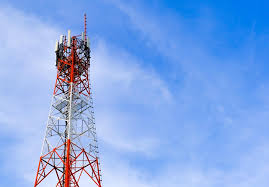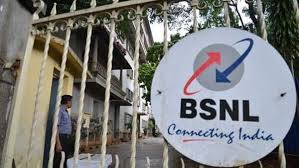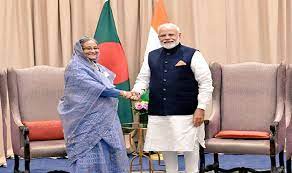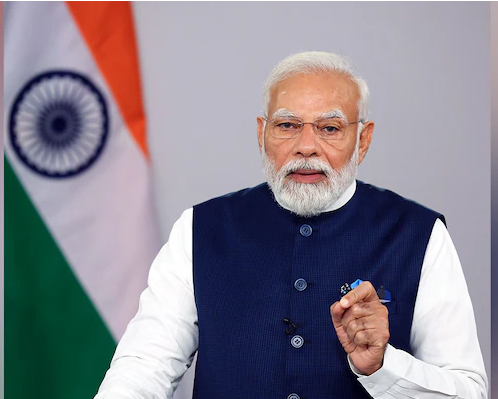Telecom cos reiterate demands over fair share charge, 6 GHz spectrum
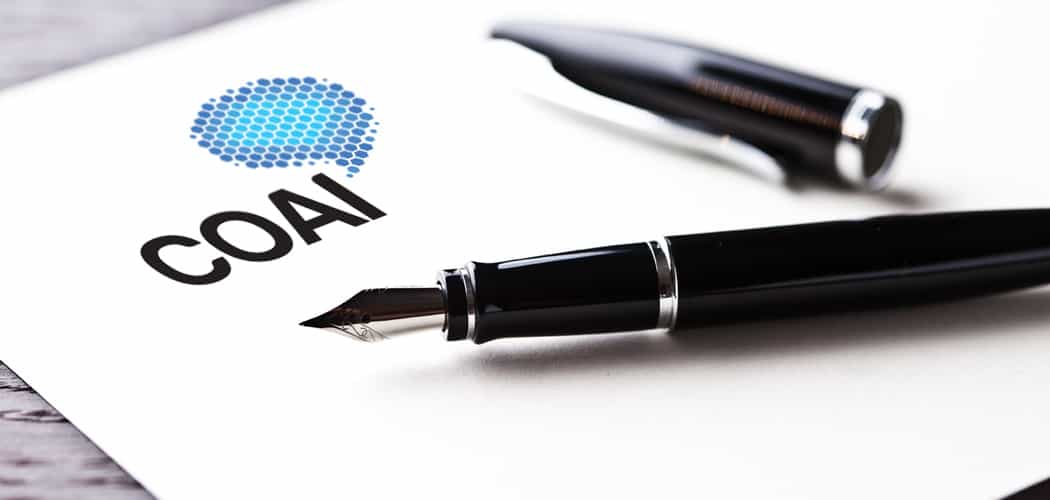
NEW DELHI: Telecom service providers have doubled down on their demands for a proposed fair-share charge (FSC) to be levied on major over-the-top (OTT) service providers, opening up the 6 GHz spectrum band and increasing the number of testing labs for telecommunication products.
Telecom industry body Cellular Operators Association of India (COAI) said these were the topmost demands for Prime Minister Narendra Modi-led National Democratic Alliance (NDA) government.
The industry body wants this additional capital expenditure to be borne by these Large Traffic Generator (LTGs) OTTs as a proposed fair-share charge. Representing the three private sector telcos, COAI said the FSC is necessary for the development and upkeep of telecom networks across the country, as colossal traffic is being loaded on the networks by OTTs as data demands grow steadily.
"The rapid surge in data over telecom networks has put tremendous pressure on telecom networks, leading to severe QoS issues, drastically impacting TSPs’ customer experience. We feel this is a clear case of exploitation as the massive investment and efforts of the TSPs are being siphoned off by these service providers," COAI said.
Telcos have argued the rapid surge in data over telecom networks has put tremendous pressure on telecom networks, leading to severe Quality of Service issues.
COAI reiterated its argument that with OTTs not compensating telcos, the government is also losing out on tax revenues.
An FSC paid by OTTs to telcos would increase the latter's earnings. "This causes huge loss, estimated to the tune of Rs 10,000 crore, to the government exchequer," COAI said.
The COAI has also argued that at least 1200 MHz of spectrum needs to be allocated for mobile communications in India.
Currently, only 720 MHz is available in the mid-band in India, it has said. COAI maintains a 6 GHz is ideal for the commercial success and deployment of 5G New Radio, the global standard for a unified 5G wireless air interface, and 5.5G, the next level in the current 5G network, along with 6G in the future.
A recent report by GSMA says that India can save as much as $10 billion annually in 5G network deployment through the use of 6 GHz spectrum.
"With the anticipated spectrum auction for 5G by June end, we request the government to address the industry’s long-standing issues about spectrum pricing and related revenue concerns. Despite making huge investments for 4G/5G rollout, TSPs in India are still among those with the lowest Arpu in the world," COAI said.
The industry body has called for increasing the number of test labs to support the testing of a massive volume of products and exemptions on Customs duties for products that enter India for testing and certification temporarily.
The Department of Telecom (DoT) has specified 'Mandatory Testing and Certification of Telecommunication Equipment (MTCTE)' for the equipment capable of being used for telecommunications.
In June 2022, the DoT extended the regime's implementation by a year after industry stakeholders argued against it, pointing out that the country's upcoming 5G rollout plans would be hit badly.


